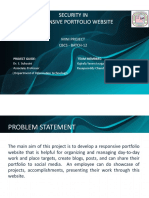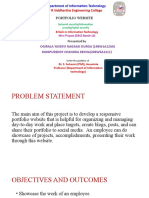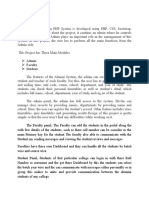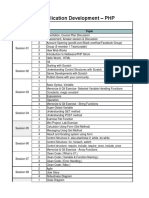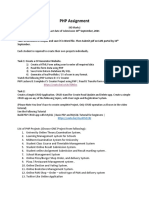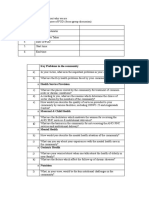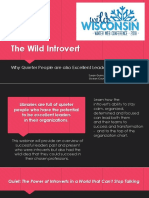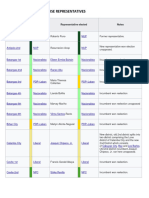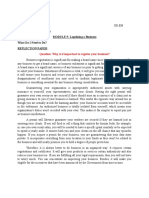0% found this document useful (0 votes)
19 views4 pagesPHP Task
The document outlines the requirements for creating a robust teacher portal using PHP, HTML, and JavaScript. Key functionalities include a login system, a home screen displaying student listings, and the ability to manage student records. Additionally, it emphasizes the importance of security, scalability, and thorough testing in the development process.
Uploaded by
rehanpasha551Copyright
© © All Rights Reserved
We take content rights seriously. If you suspect this is your content, claim it here.
Available Formats
Download as PDF, TXT or read online on Scribd
0% found this document useful (0 votes)
19 views4 pagesPHP Task
The document outlines the requirements for creating a robust teacher portal using PHP, HTML, and JavaScript. Key functionalities include a login system, a home screen displaying student listings, and the ability to manage student records. Additionally, it emphasizes the importance of security, scalability, and thorough testing in the development process.
Uploaded by
rehanpasha551Copyright
© © All Rights Reserved
We take content rights seriously. If you suspect this is your content, claim it here.
Available Formats
Download as PDF, TXT or read online on Scribd
/ 4










